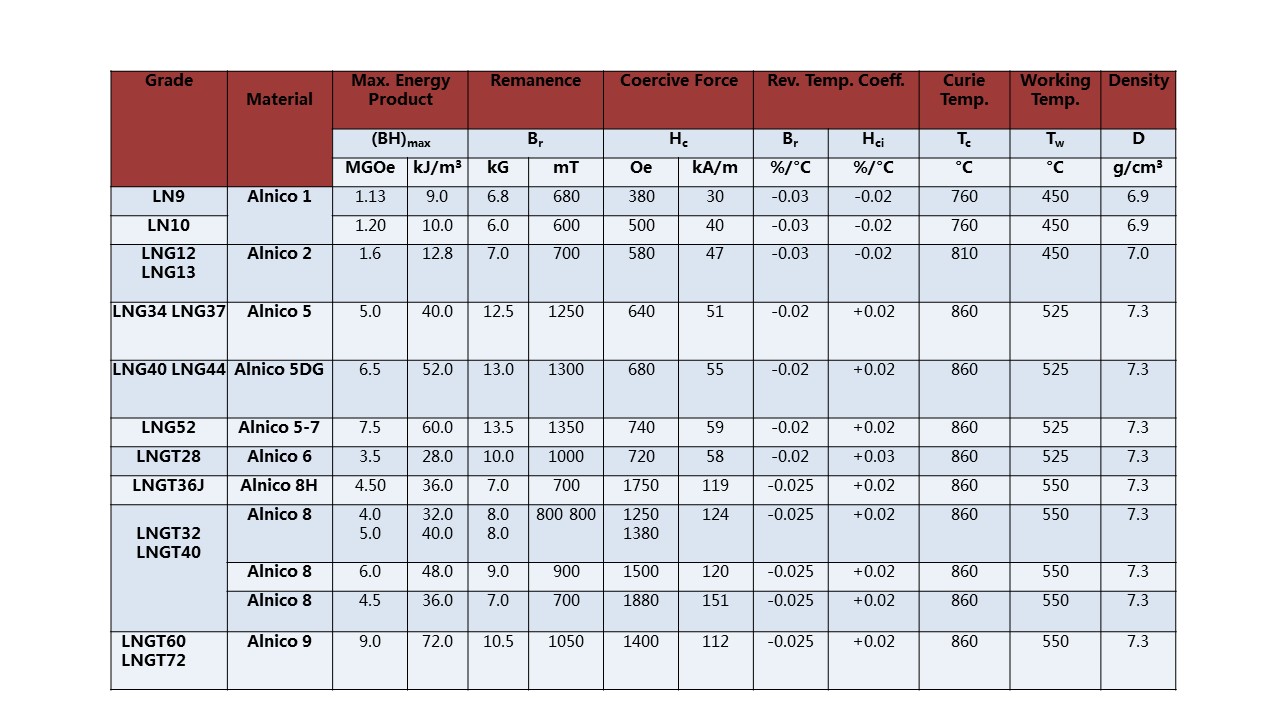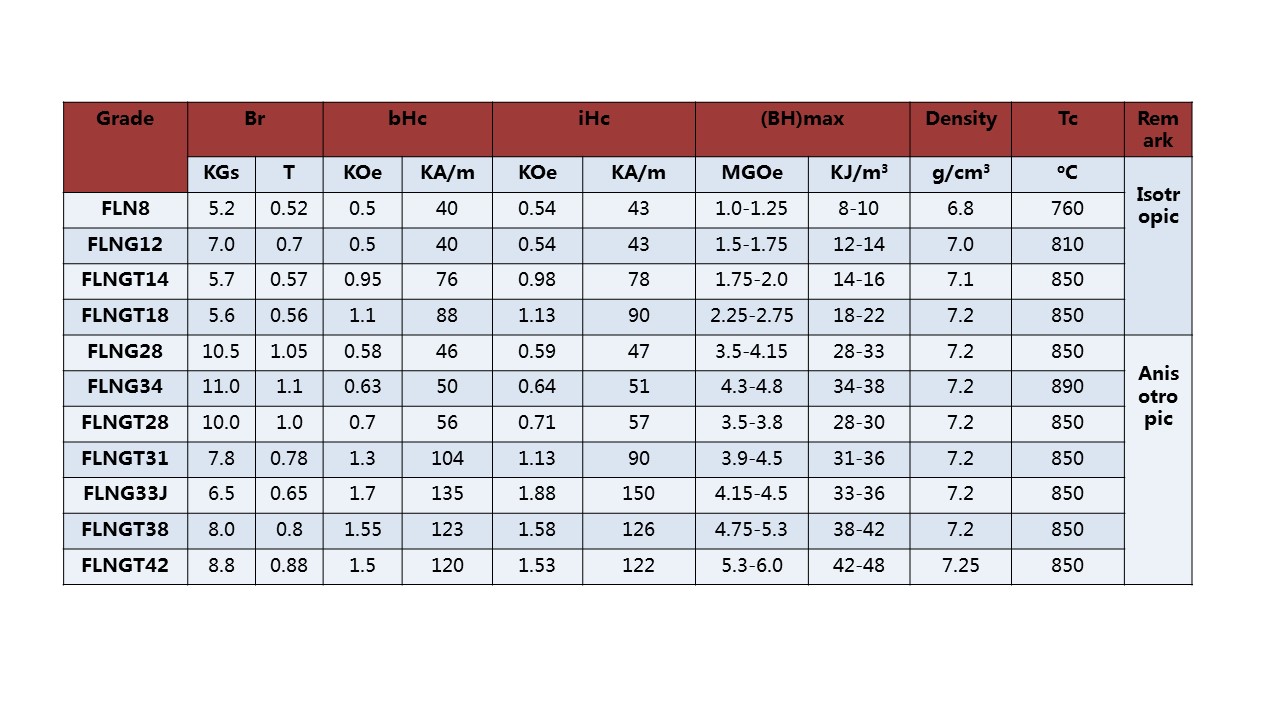Steel production accident prevention measures and techniques
(1) Safety requirements for steel plant. It should be considered that the structure of the steelworks can withstand high temperature radiation; it has sufficient strength and rigidity, can withstand loads and collisions such as ladle, ladle, ingot and billet without deformation; has a spacious working environment, good ventilation and lighting, and In order to facilitate heat dissipation and smoke emission, full consideration should be given to the safety requirements of personnel when working.
(2) Explosion-proof safety measures. Molten steel, molten iron, steel slag, and molten slag at the bottom of steelmaking furnaces are all high-temperature melts that explode when exposed to water. When 1 kg of water is completely turned into steam, its volume has to be increased by about 1500 times and the destructive power is very great. The molten steel explosions at the steelmaking plant mainly include: converters, open oxygen lances, hoods of converters, high and medium pressure cooling water in the crystallizer of the continuous casting machine, which leaks through the melt and explodes; The water-cooled parts of furnaces, refining furnaces, and continuous casting molds cause blockages due to backwater blockage, causing explosions due to continued heating; explosions in steelmaking furnaces, steel tanks, hot metal tanks, intermediate tanks, slag tank leaks, slag leakage, and tipping. ; Explosion occurs when the molten steel, molten iron, liquid slag is contained in wet steel tanks, hot metal water tanks, intermediate tanks, and slag tanks; the tank, slag pits, hot water tanks, slag, and slag The explosion caused by the time; the explosion caused by the addition of moisture to the steelmaking furnace; and the explosion of the cast steel system in contact with the wet ground. The main measure to prevent the molten material from exposing to water is to ensure a safe water supply for the cooling water system. The water quality must be purified and no leakage should occur. Materials, containers and workplaces must be dry.
Converters and flat furnaces use oxygen to supply oxygen to the bath to intensify smelting. Oxygen lance system is composed of oxygen lance, oxygen pipe network, water-cooling pipe network, high-pressure pump room, primary instrument room, hoisting and measurement and control instruments, etc. If it is used or improperly maintained, igniting accident will occur. Oxygen pipe network if rust, degreasing is not clean, prone to oxygen explosion accident, so the oxygen pipeline should avoid the use of sharp bends, take the measures to slow down the flow rate, regularly purge the oxygen tube, cleaning filter degreasing and other measures to prevent the explosion accident. For example, if the pressure of oxygen in the oxygen lance is too low, the nozzle hole of the oxygen lance may be blocked, causing the fuel gas in the high-temperature molten pool to infiltrate and return to the fire to cause a flaring accident. Therefore, we must closely monitor the oxygen pressure, once the oxygen pressure is reduced to take emergency measures, and immediately reported; Oxygen spray hole blocking occurred in a timely manner to check and deal with. Oxygen gun cooling system caused by misoperation caused by poor water, gun water vaporization, to prevent high-pressure cooling water into the oxygen gun, may cause oxygen gun explosion, such as cooling water can not be stopped in time, cooling water may enter the molten pool and cause more A serious explosion. Therefore, the cooling water return system of the oxygen lance should be equipped with a flow meter. When the oxygen blowing operation is performed, the backwater situation should be closely monitored. The personnel technical training should be strengthened to increase the sense of responsibility and prevent misoperation.
(3) Prevention of burn injuries. When the temperature of iron, steel and slag reaches 1250 to 1670 °C , the heat radiation is strong, and it is prone to splashing. With the high temperature of the equipment and the environment, lifting and dropping, dumping operations are frequent, and the operator is prone to scald accidents. The following measures shall be taken to prevent scald accidents: regular inspections and maintenance of steelmaking furnaces, iron mixers, iron furnaces, iron mixers, steel tanks, hot metal tanks, intermediate tanks, slag tanks and lifting equipment, transportation routes and vehicles. And to strengthen maintenance, to avoid perforation, leakage, and broken rope crane, broken body and tipping tank; strictly enforce the prevention of molten iron, molten steel, slag and other molten materials in contact with water explosion, slopping accident; superheated steam pipeline, oxygen pipeline They must be kept warm and not exposed; flanges and valves should be regularly overhauled to prevent leakage; well-developed safety technical operating procedures should be established; safety techniques must be strictly trained for operators to prevent misuse; do good personal protection, and must wear overalls when taking up posts. Work shoes, protective gloves, safety helmets, safety glasses and protective covers; improve the level of technical equipment as much as possible to reduce the chance of burns.
AlNiCo material is comprised of aluminum,nickel,cobalt and iron with varying additions of other elements.There are two different manufacturing processes for AlNiCo:Cast and sintered.Cast AlNiCo can be made into many sizes and shapes,whereas Sintered AlNiCo is usually restricted to smaller sizes.However,both processes lead themselves to complex geometries and configurations.Standard Sintered AlNiCo has tighter dimensional tolerances due to its processing.It also has slighty lower magnetic properties,but better mechanical strength than Cast AlNiCo products.
Sintered Alnico magnet

Cast AlNiCo

Alnico Magnet,Alnico 5 Magnets,Alnico 8 Magnet,Bass Pickup Alnico Magnet
Chongqing Great Well Magnet Co.,ltd. , https://www.gwmagnet.com
